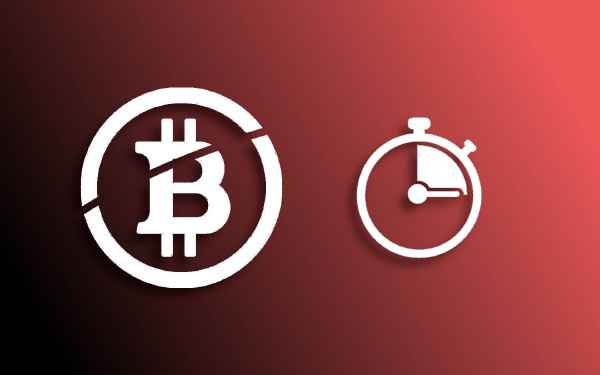How We Predict Block Reward Halvings
Posted: Thu | Dec 19, 2019
Mining Theory
Block Reward
You may have heard a lot about “blocks” in cryptocurrency or blockchain projects. The first thing to know is that each time a block is produced, the miner, or miners in a pool, that produced it are rewarded. Computers mining on the Bitcoin network are rewarded with Bitcoin, and computers mining on the Litecoin network are rewarded with Litecoin. But who is rewarding these miners? The network rewards the miners that discover blocks. Each node in the network comes to a consensus on who computed the block and rewards that node. You can read more about just how mining works and why it exists in my other post that will introduce you to the mathematics behind mining cryptocurrency
Block Reward Halving
Most cryptocurrency networks also have a way of slowing down how many coins are rewarded or produced over time. In the case of Bitcoin, right now, there are over 18 million coins in circulation. There are also roughly 1,800 new Bitcoins rewarded to miners every day. We get this daily estimation from 2 facts.
Firstly, we know that each block currently has a reward of 12.5 Bitcoin. This reward is programmed into each Bitcoin node. And each node knows how much to reward a miner with when they find a block.
Secondly, the difficulty of finding a block is adjusted so that no matter how much computing power is used to mine on the network, each block takes on average 10 minutes to compute. If this is confusing to you, I recomend you read two other posts on this site about the theory of mining and another about how mining difficulty has effected the Monero network in the past.
Predicting the Next Halving
Also programmed into the Bitcoin protocol is the block heights at which the reward is cut in half. This is precisely once every 210,000 blocks. The great thing about all of this is that it means we can predict the date on which the next halvening can occur.
When is the next Halvening?
Each block on the Bitcoin network is designed to take 10 minutes to compute. This calculation is based on odds so that each block time fluctuates slightly by a matter of seconds. For predictions in the very short term, these fluctuations cause errors in the accuracy of our calculations. Still, we should be able to predict with accuracy down to the day of when the next halvening will occur. You can check bitcoinblockhalf.com, or you can even calculate this value for yourself.
At the time of writing this, the block height is 608,838. This means we are 21,162 blocks away from the next halvening of Bitcoin at block height 630,000.
With 21,162 blocks left, this will take roughly 150.4 days, and we will have mined exactly 264,525 more Bitcoins when that day comes.
Next: 3 Ways to Earn Free Bitcoin on Cointiply
Previous: Small Scale ASIC Mining
>> Home